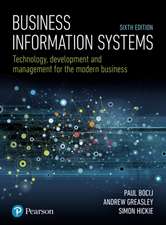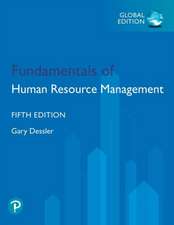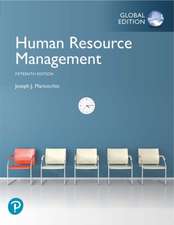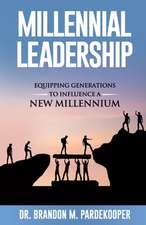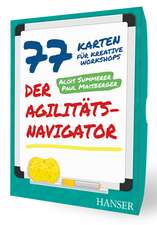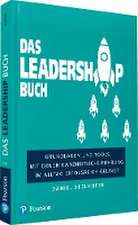Highly Effective Marketing Plan (HEMP), The
Autor Peter Knighten Limba Engleză Paperback – 27 apr 2004
Preț: 100.79 lei
Nou
Puncte Express: 151
Preț estimativ în valută:
19.29€ • 20.96$ • 16.22£
19.29€ • 20.96$ • 16.22£
Carte disponibilă
Livrare economică 31 martie-14 aprilie
Livrare express 15-21 martie pentru 21.39 lei
Preluare comenzi: 021 569.72.76
Specificații
ISBN-13: 9780273687863
ISBN-10: 0273687867
Pagini: 176
Ilustrații: Illustrations
Dimensiuni: 156 x 235 x 14 mm
Greutate: 0.28 kg
Ediția:1
Editura: Pearson Education
Locul publicării:Harlow, United Kingdom
ISBN-10: 0273687867
Pagini: 176
Ilustrații: Illustrations
Dimensiuni: 156 x 235 x 14 mm
Greutate: 0.28 kg
Ediția:1
Editura: Pearson Education
Locul publicării:Harlow, United Kingdom
Cuprins
Step One - Desired Result As Stephen Covey put it, "Begin with the end in mind." The principle of this step is: the greater the clarity of the outcome the more likely it will be accomplished. Step Two Whats it worth? If youre going to do something then value it. And identifying a monetary value helps create a universal currency, as others might view differently the worth you attach to your project. For example, "this initiative will create turnover of �5 million and produce �1 million profit in 12 months" has a clarity which will appeal to any board or bank. Step Three What are the consequences? All new plans have consequences. There are potential upsides and downsides what are they? And what will be the consequence of not implementing your plan? This chapter explores how important it is to identify every possible outcome before the plan commences: often people will be more motivated by fear of loss than by the pleasure of gain, e.g. "consider what will happen if we dont pioneer this new initiative and our major competitor does instead." Step Four Targets Who are we after? Who will be buying your product or service. And dont just go for standard classifications; really go to town gathering information. Build a picture of these people. How old are they? How much do they weigh on average? Would they prefer to fly British Airways or Virgin? When did they last go to the cinema and what film did they see? The principle of this chapter is that you cant know too much about your targets. Step Five What do they currently think and do? Now you know who youre after, (step four), what do these people currently think about your product and service? And as a consequence of what they think, what do they do? Do they know you for providing one product and think thats all you do, (and as a result buy your other product from a competitor)? Have they never heard of your service or anything like it, (and therefore they currently do nothing)? Thinking precedes doing: know what your targets think. Step Six What do you want them to think and do? Following on from the last chapter, we can now look at what we want people to think and having changed their mind will cause them to buy your product or service. The principle underpinning steps five and six is simple: change the thinking and youll change the doing patterns of your targets, (whereas so many companies try to get people to change their "doing" without thinking first.) Step Seven Whats the story? What are you actually selling? This chapter prompts the exercise of succinctly writing down exactly whats on offer. This exercise is amazing for many people who whilst believing they know what they do actually discover that either they dont or they cant adequately describe it. Step Eight The one big thing (10 second sell) All too often peoples description of their service or product are boring and confusing filled with far too much irrelevant detail. This chapter distills down to the ONE big thing on offer. This chapter is what Pearson calls "The 10 second sell", and you know how effective that is. Step Nine Whats the benefit? This step looks at the one big thing and asks the question: so what? What do you do for the target customer? Does this benefit them significantly? Is it compelling and how does it compare to the competition? Step Ten Know yourself Is your current personality appropriate for the product or service youre offering? Theres no point your being seen as British Airways if your product is designed for Virgin customers. Theres a built in disadvantage, which is unnecessary, for a traditional old-fashioned company offering a service which will primarily appeal to youth. This step asks the question: do you need to review the personality of your company for this new product or service to work? There are lots of examples of





